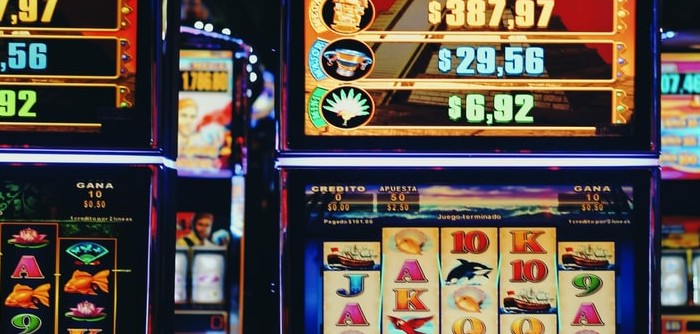It has been over twelve months since casino properties around the world began re-emerging from their Covid-19 related lockdowns. No doubt, limits on customer numbers and distancing has hurt gaming revenue, but gaming industry executive David Croft says the increased spacing hasn’t hurt yields as much as one would expect.

Croft, having most recently served as General Manager – Product & Strategy at The Star Entertainment Group has been observing the performance of gaming floors in relation to distancing restrictions over the past 12 months.
“Differing jurisdictions have responded in their own unique way to the challenges of keeping staff and customers safe, but for the most part, it is safe to say that gaming floors around the world have become more sparsely populated than before.”
Older-style thinking would dictate that table game and slot machines yield should have waned as a result of the reduced capacity, but in fact, quite the opposite has occurred, he says.
Restrictions maximize table games yield
“Covid-19 restrictions meant that most properties could not run the gaming floor as they historically have done with the key change being the number of customers allowed at a table,” said Croft.
The science of optimizing table games yields revolves mainly around achieving and maintaining an optimum number of customers to a table to maximize profit. We’ve learned that having more customers on a table isn’t always better, especially if it means other tables are left empty.
The silver lining of Covid-19 restrictions is that customers have been forced to spread themselves out to other tables that may have otherwise been ignored.
“Covid-19 protocols have inadvertently given the operators the opportunity to enforce limits on the number of customers on tables – as a result many operators are reporting higher hold and increased profit per open hour as a result of productivity gains (less customers per table) and increased pricing (supply vs demand pushing prices up),” notes Croft.
Post pandemic, the dilemma facing operators will be how to continue encouraging customers to occupy other tables, whilst ensuring that their freedoms have been impacted.
Flow on effect for ETGs
Another interesting trend from this has been seen in electronic table games (ETGs). Customers that haven’t been able to find a seat at a gaming table (or have been priced out) are now finding themselves playing ETGs instead – helping to drive up occupancy and revenue at greater margins than of traditional tables.
Research into why people play ETGs (over table games) leads to five key reasons: Price, capacity, learning to play, speed and privacy. Thus, Covid-19’s impact on traditional tables has certainly boosted interest in ETGs for customers, particularly on the price and capacity front.
As properties reopen, operators will need to have a rethink about the ETG’s place on their casino floor. Will ETGs improve the profitability of the casino, given a reduction of average bet but more frequent games? Is there a risk of customer loss as a result of their preference to play traditional tables? And what is the optimum price gap between traditional tables and ETGs to ensure we have the right customers in the right place at any given time?
Do we need as many slots?
Like tables and ETGs, gaming machines have not escaped government restrictions, which have required either a separation of gaming machines physically, or having every second machine turned off. Either way, the same distancing outcome was created.
However, despite the constraints placed on machines, properties have not seen the decline in revenue that was predicted 12 months ago, said Croft.
“There has long been a belief that customers generally like some space and privacy, the best performing cabinets are on the end of banks, carousels perform better than straight banks, and many operators now build their banks in odd numbers to minimize the under performing middle units.”
Thus, operators need to be asking themselves whether they need as many machines as they used to. Is a more spacious environment a better investment?
“To answer this, operators will need to understand their peak occupancy metrics and assess what revenue would be missed by not having the units required to capture customers on peak occasions,” said Croft.
No silver bullet
Unfortunately, there is no one size fits all approach to revamping your casino floor post-Covid-19, says Croft. The only thing operators can do is gather as much data as possible, ensure they have the right tools and staff to create insights from the data, be truly open to innovation, and be ready to adapt to changing conditions.
Most importantly, operators must remember not to forget about the most important factor. Customer experience.











